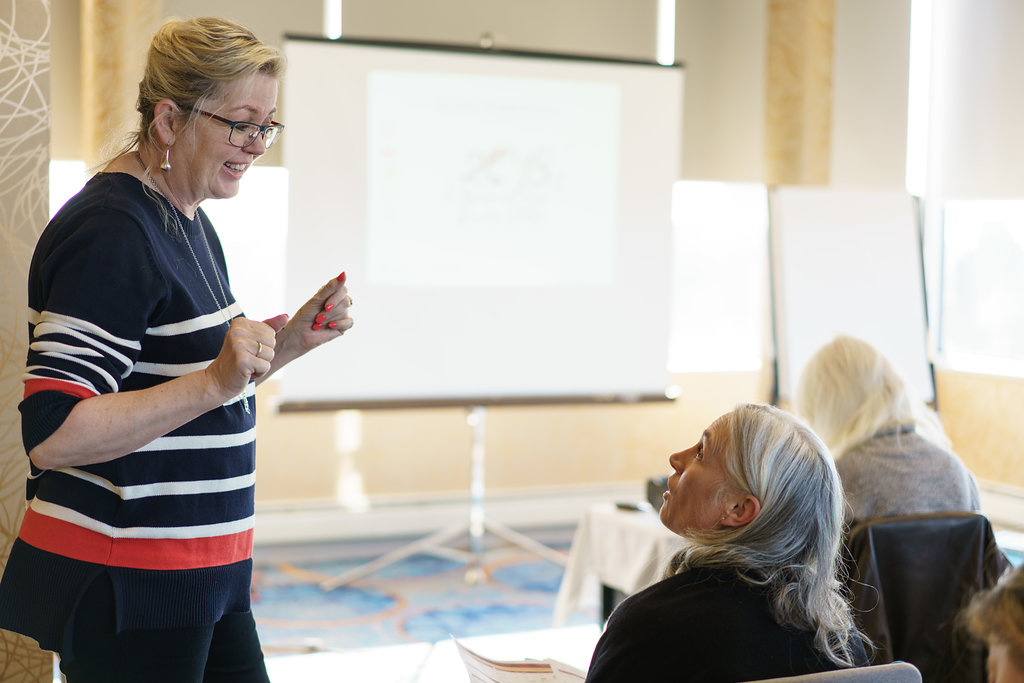Mirrors: more than just a reflection
Mirrors (鏡) enable us to see what the eye cannot. In modern times, we use mirrors to see more of what is already visible: reflections of ourselves or our surroundings. In ancient China, people valued mirrors primarily for their power over the invisible. The crystal clarity of a mirror made it seem to be a window into other realms, where the light itself had power.
History
The first mirrors in China were in use before the end of the second millennium BC; however, mirror production peaked during the Tang Dynasty (618-907 AD), due to advances in metallurgy as well as the influence of Taoism. They were typically made of bronze (or some alloy thereof), highly polished, and circular in shape. The back was usually elaborately carved, and had a projection in the center where a cord could be attached.
The uses of mirrors fell into three broad categories, having to do with evil spirits, marital happiness, and fortune telling.
Warding off evil spirits
The chief value in mirrors was their ability to repel devilish influences and to protect their owners from evil in general. It was believed that a mirror could make evil spirits visible—particularly to the spirit itself such that, when approaching a mirror, he/she/it would be frightened away by his/her reflection. For this purpose, mirrors were particularly hung in bedrooms or outside the curtains surrounding a bed.
One text records that “Old brass mirrors, to cure mad people, are hung up by the rich in their halls.” This practice may have arisen from the suspicion in earlier times that demons cause dementia.
Representing marital bliss
Mirrors were also considered symbols of the happy union between man and wife. During wedding celebrations, a mirror was sometimes flashed on the bride in the belief that the rays of life would bring luck. The death of a spouse, particularly a wife, or the absence of the husband was referred to as a “broken mirror”. Finding a mirror, for a man, was considered a sign that he would find a good wife.
In novels, a mirror broken on purpose was a popular motif. The idea was that, when a couple had to separate for a long time, they would break a mirror each taking one piece. The pieces had several uses. First, by the mirror, the couple believed they would be able to recognize each other. If one partner were unfaithful, then the mirror held by the other would turn in to a magpie and fly away. When “the broken mirror is round again” represented reunion.
Foretelling the future
In early China there were also “magic mirrors”. The best of these were said to be produced in Yang-zhou in Central China on the 5th day of the 5th month. Buddhist priests used these mirrors to forecast death and the form of a person’s rebirth. If a person looked into a mirror and could not recognize his/her own face, it was considered a sign that death was imminent.
Modern use of mirrors in…
…. Classical Feng Shui
There is no mention of mirrors in the classical Feng Shui texts; however, there are two remedies, or influences, that they do mention for which a mirror might be used. These are reflection and the Metal Element. A mirror reflects light; therefore, it may be considered Yang and a source of light. The classic texts mention that sun reflected in still water doubles an image of goodness. You cannot look at the sun directly; but you can look at its reflection. Similarly, a mirror can be considered to double a source of light.
In terms of Five Element theory, Metal chops Wood, which means Metal can be used to counteract bad Wood Element energy. When this energy affects an entire house or the entrance of a building, a polished metal door knocker can serve the purpose. In this position, the metal would move with the door, enhancing its effect. Such a door ornament could be mistakenly identified as a mirror.
… Modern (everything but classical) Feng Shui
Mirrors figure prominently in contemporary Feng Shui. In these systems, mirrors have both esoteric functions as well as ordinary interior design qualities. For example, mirrors may be used to increase light or expand space. Because the reflection is a duplicate of the object, mirrors are said to double the quality of whatever is reflected. If the mirror is placed to reflect something beautiful, it will enhance the energy of the space; whereas if, by its placement, it reflects something negative or unpleasant it will have the opposite influence on the environment.
In contrast with classical Feng Shui, in modern Feng Shui systems, mirrors are said to have Water Element energy. In this capacity they are used to cure Element imbalances, draw in positive Chi, and bring calm. Mirrors are classified in two broad categories according to curvature and purpose. Ordinary mirrors are flat, of any shape. Mirrors specifically for Feng Shui are curved—concave or convex—and are generally used for protection. Bagua mirrors—wooden, often yellow or red, with small mirrors mounted at the center of an eight-sided frame with the bagua painted on it–are used only on the outside of a building. Usually they are carefully and specifically placed to repel bad chi pointed at the building from another structure, roadway, or landscape feature.
Image: Mirror of the Tang Dynasty (Courtesy of Professor Gary Lee Todd)
One of the most well preserved mirrors of ancient China is this Taoist example, from the Tang Dynasty, decorated with concentric rings of meaningful motifs and characters. The center is a plain circle, or button, representing the Taiji, or Great Ultimate Principle. Next are the animals of the Four Directions (Dragon, Phoenix, Tiger and Tortoise). Eight hexagrams, the animals of the twelve Earthly Branches, and 28 animals representing heavenly constellations can also be identified.



